Adequate aircraft inspection questioned as factor causing accident
입력 2024.12.30 (00:35)
읽어주기 기능은 크롬기반의
브라우저에서만 사용하실 수 있습니다.
[Anchor]
After checking the recent flight path of the accident-incurred passenger plane over the past week, it was found that there were days when it flew for as long as 16 hours in a single day.
This has raised concerns that its flight times were too long, leading to insufficient time for maintenance. However, it is difficult to conclude that the flight time itself caused the aircraft defect.
Reporter Song Su-jin has more on this.
[Report]
We checked the recent flight schedule of the accident-incurred passenger plane on a flight tracking website.
On the day before the accident, yesterday (Dec. 28), it flew for 16 hours, traveling between Muan and Nagasaki, Japan, as well as Bangkok, Thailand.
On Christmas Day, which is the peak season, it flew for 15 hours.
While it primarily carried passengers, it also operated some flights without passengers.
There are concerns that such flight schedules may have been excessive.
Long flight times could lead to neglect in maintenance.
However, it is difficult to assert that the flight time itself caused the aircraft defect.
[Son Myung-hwan/Professor, Aviation Maintenance Department, Sehan University: "Line maintenance is fundamentally regulated, and if the procedures are not followed, there are significant penalties, so it is necessary to check the flight inspection and maintenance procedures."]
The Ministry of Land, Infrastructure and Transport stated, "The maximum number of flights varies depending on the airline's situation, and there are no set regulations."
It is also necessary to confirm whether the maintenance of the accident-incurred passenger plane was sufficient.
Jeju Air has been caught several times for inadequate inspections and has faced fines.
In April last year, it was revealed that a flight was conducted with a damaged engine cover, resulting in a severe penalty of an 11-day flight suspension. In 2021, it was fined over 600 million won and 200 million won for operating with damage to the wing tips and the rear of the aircraft, respectively.
It has not been confirmed whether the aircraft that received fines is the same as the accident-incurred passenger plane.
This is KBS News, Song Su-jin.
After checking the recent flight path of the accident-incurred passenger plane over the past week, it was found that there were days when it flew for as long as 16 hours in a single day.
This has raised concerns that its flight times were too long, leading to insufficient time for maintenance. However, it is difficult to conclude that the flight time itself caused the aircraft defect.
Reporter Song Su-jin has more on this.
[Report]
We checked the recent flight schedule of the accident-incurred passenger plane on a flight tracking website.
On the day before the accident, yesterday (Dec. 28), it flew for 16 hours, traveling between Muan and Nagasaki, Japan, as well as Bangkok, Thailand.
On Christmas Day, which is the peak season, it flew for 15 hours.
While it primarily carried passengers, it also operated some flights without passengers.
There are concerns that such flight schedules may have been excessive.
Long flight times could lead to neglect in maintenance.
However, it is difficult to assert that the flight time itself caused the aircraft defect.
[Son Myung-hwan/Professor, Aviation Maintenance Department, Sehan University: "Line maintenance is fundamentally regulated, and if the procedures are not followed, there are significant penalties, so it is necessary to check the flight inspection and maintenance procedures."]
The Ministry of Land, Infrastructure and Transport stated, "The maximum number of flights varies depending on the airline's situation, and there are no set regulations."
It is also necessary to confirm whether the maintenance of the accident-incurred passenger plane was sufficient.
Jeju Air has been caught several times for inadequate inspections and has faced fines.
In April last year, it was revealed that a flight was conducted with a damaged engine cover, resulting in a severe penalty of an 11-day flight suspension. In 2021, it was fined over 600 million won and 200 million won for operating with damage to the wing tips and the rear of the aircraft, respectively.
It has not been confirmed whether the aircraft that received fines is the same as the accident-incurred passenger plane.
This is KBS News, Song Su-jin.
■ 제보하기
▷ 카카오톡 : 'KBS제보' 검색, 채널 추가
▷ 전화 : 02-781-1234, 4444
▷ 이메일 : kbs1234@kbs.co.kr
▷ 유튜브, 네이버, 카카오에서도 KBS뉴스를 구독해주세요!
- Adequate aircraft inspection questioned as factor causing accident
-
- 입력 2024-12-30 00:35:08
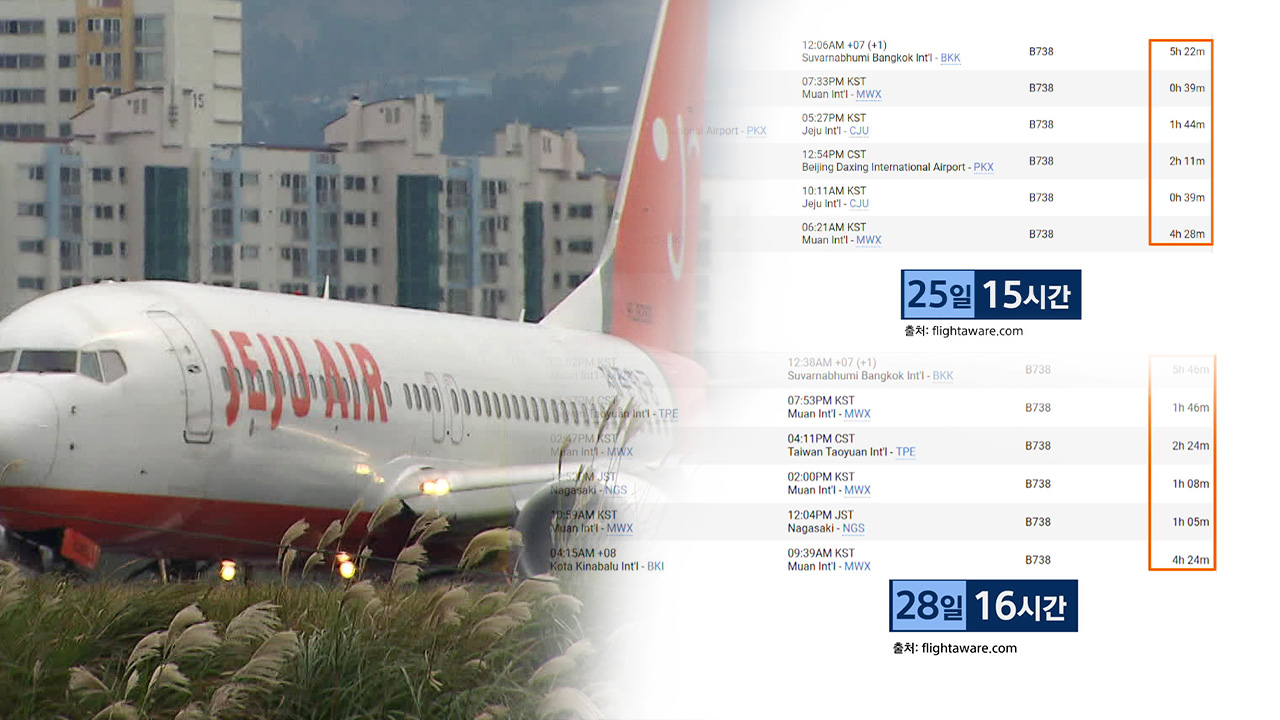
[Anchor]
After checking the recent flight path of the accident-incurred passenger plane over the past week, it was found that there were days when it flew for as long as 16 hours in a single day.
This has raised concerns that its flight times were too long, leading to insufficient time for maintenance. However, it is difficult to conclude that the flight time itself caused the aircraft defect.
Reporter Song Su-jin has more on this.
[Report]
We checked the recent flight schedule of the accident-incurred passenger plane on a flight tracking website.
On the day before the accident, yesterday (Dec. 28), it flew for 16 hours, traveling between Muan and Nagasaki, Japan, as well as Bangkok, Thailand.
On Christmas Day, which is the peak season, it flew for 15 hours.
While it primarily carried passengers, it also operated some flights without passengers.
There are concerns that such flight schedules may have been excessive.
Long flight times could lead to neglect in maintenance.
However, it is difficult to assert that the flight time itself caused the aircraft defect.
[Son Myung-hwan/Professor, Aviation Maintenance Department, Sehan University: "Line maintenance is fundamentally regulated, and if the procedures are not followed, there are significant penalties, so it is necessary to check the flight inspection and maintenance procedures."]
The Ministry of Land, Infrastructure and Transport stated, "The maximum number of flights varies depending on the airline's situation, and there are no set regulations."
It is also necessary to confirm whether the maintenance of the accident-incurred passenger plane was sufficient.
Jeju Air has been caught several times for inadequate inspections and has faced fines.
In April last year, it was revealed that a flight was conducted with a damaged engine cover, resulting in a severe penalty of an 11-day flight suspension. In 2021, it was fined over 600 million won and 200 million won for operating with damage to the wing tips and the rear of the aircraft, respectively.
It has not been confirmed whether the aircraft that received fines is the same as the accident-incurred passenger plane.
This is KBS News, Song Su-jin.
After checking the recent flight path of the accident-incurred passenger plane over the past week, it was found that there were days when it flew for as long as 16 hours in a single day.
This has raised concerns that its flight times were too long, leading to insufficient time for maintenance. However, it is difficult to conclude that the flight time itself caused the aircraft defect.
Reporter Song Su-jin has more on this.
[Report]
We checked the recent flight schedule of the accident-incurred passenger plane on a flight tracking website.
On the day before the accident, yesterday (Dec. 28), it flew for 16 hours, traveling between Muan and Nagasaki, Japan, as well as Bangkok, Thailand.
On Christmas Day, which is the peak season, it flew for 15 hours.
While it primarily carried passengers, it also operated some flights without passengers.
There are concerns that such flight schedules may have been excessive.
Long flight times could lead to neglect in maintenance.
However, it is difficult to assert that the flight time itself caused the aircraft defect.
[Son Myung-hwan/Professor, Aviation Maintenance Department, Sehan University: "Line maintenance is fundamentally regulated, and if the procedures are not followed, there are significant penalties, so it is necessary to check the flight inspection and maintenance procedures."]
The Ministry of Land, Infrastructure and Transport stated, "The maximum number of flights varies depending on the airline's situation, and there are no set regulations."
It is also necessary to confirm whether the maintenance of the accident-incurred passenger plane was sufficient.
Jeju Air has been caught several times for inadequate inspections and has faced fines.
In April last year, it was revealed that a flight was conducted with a damaged engine cover, resulting in a severe penalty of an 11-day flight suspension. In 2021, it was fined over 600 million won and 200 million won for operating with damage to the wing tips and the rear of the aircraft, respectively.
It has not been confirmed whether the aircraft that received fines is the same as the accident-incurred passenger plane.
This is KBS News, Song Su-jin.
이 기사가 좋으셨다면
-
좋아요
0
-
응원해요
0
-
후속 원해요
0











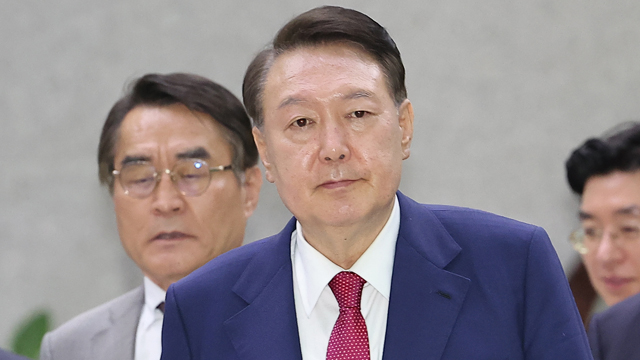
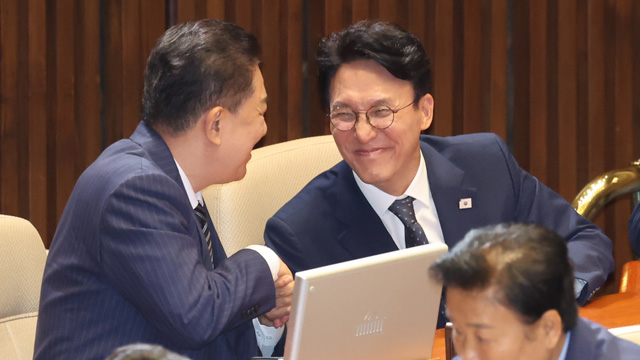
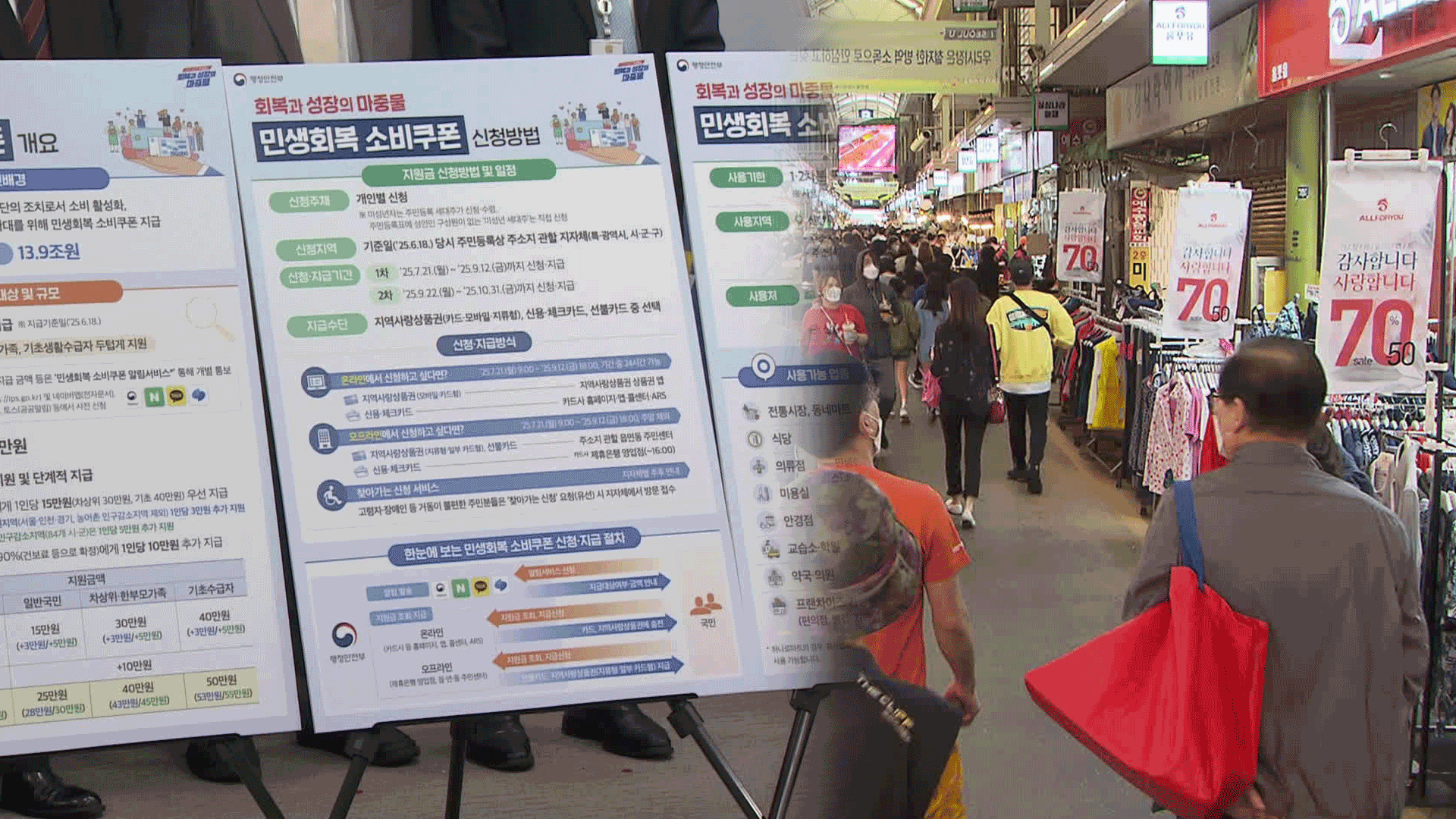
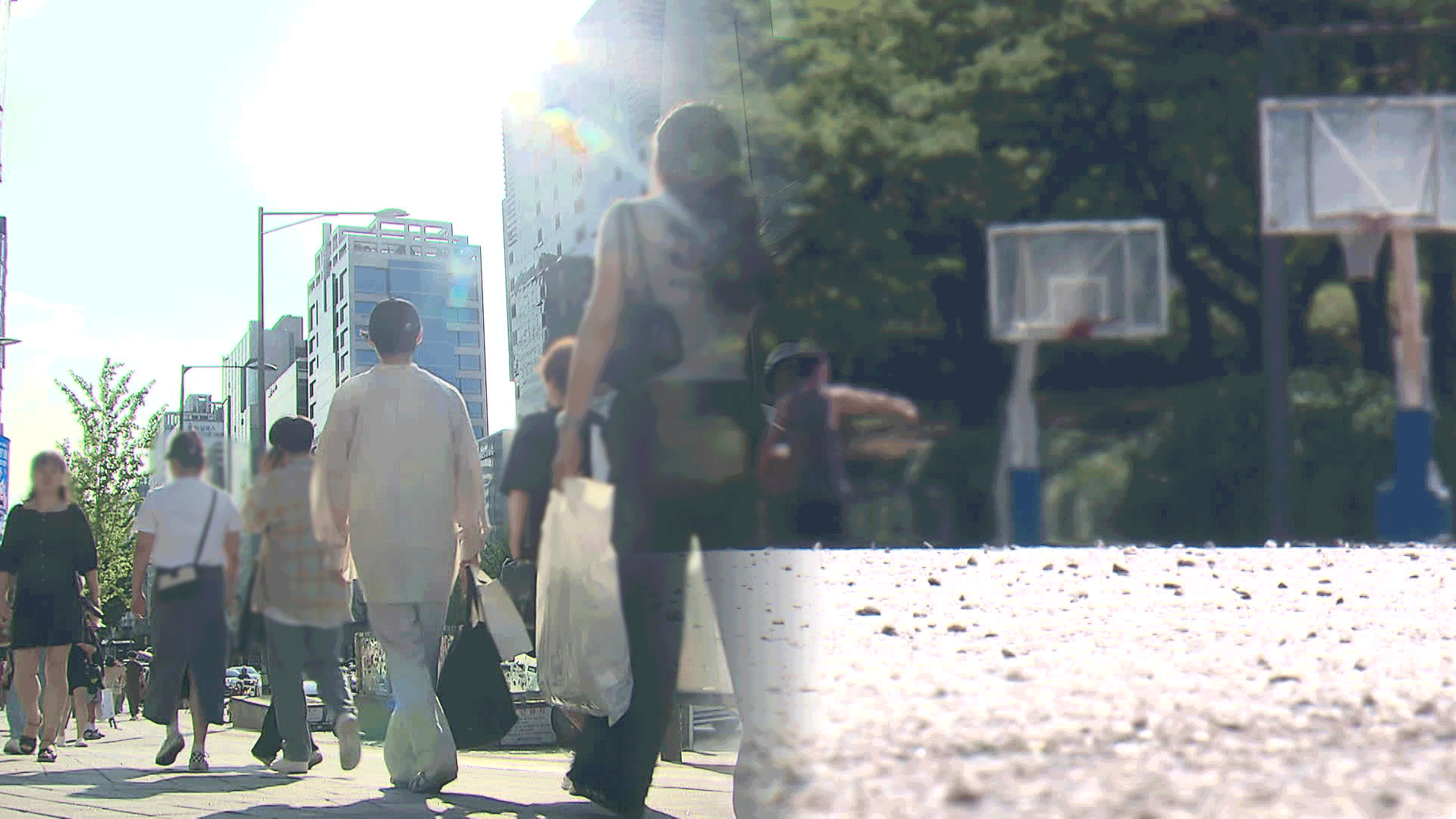

이 기사에 대한 의견을 남겨주세요.